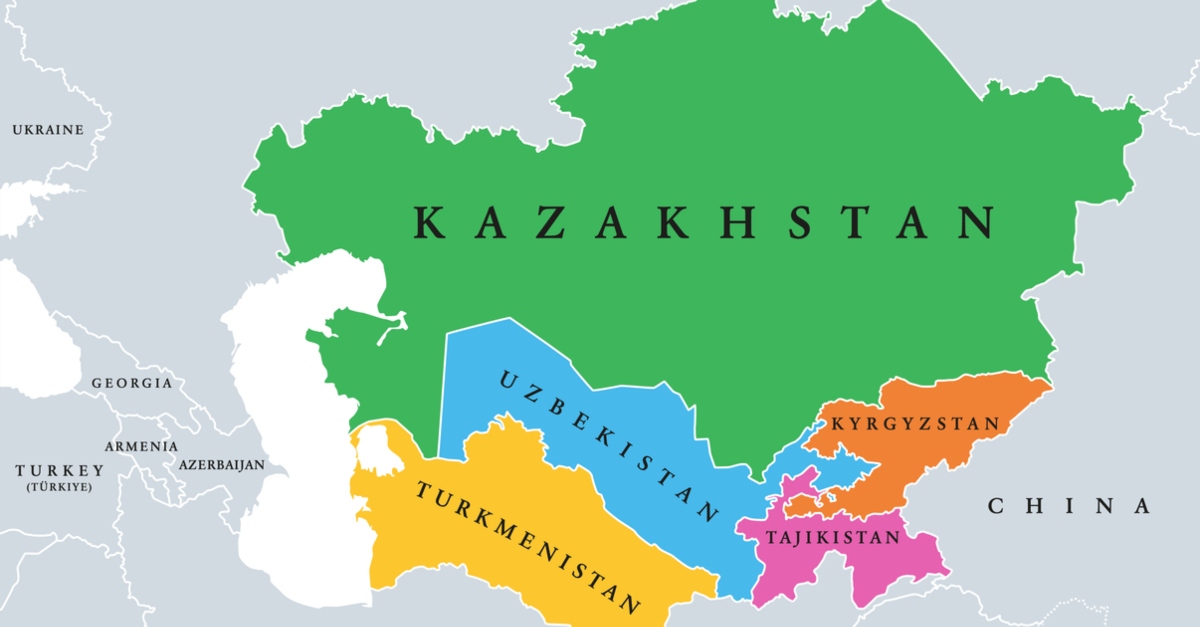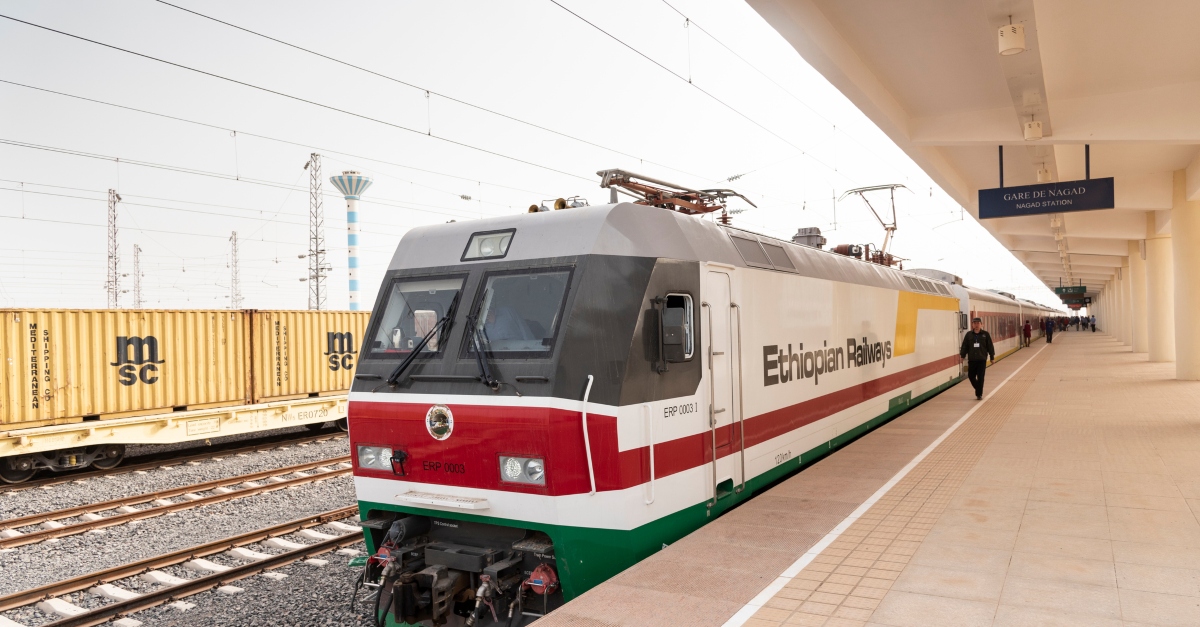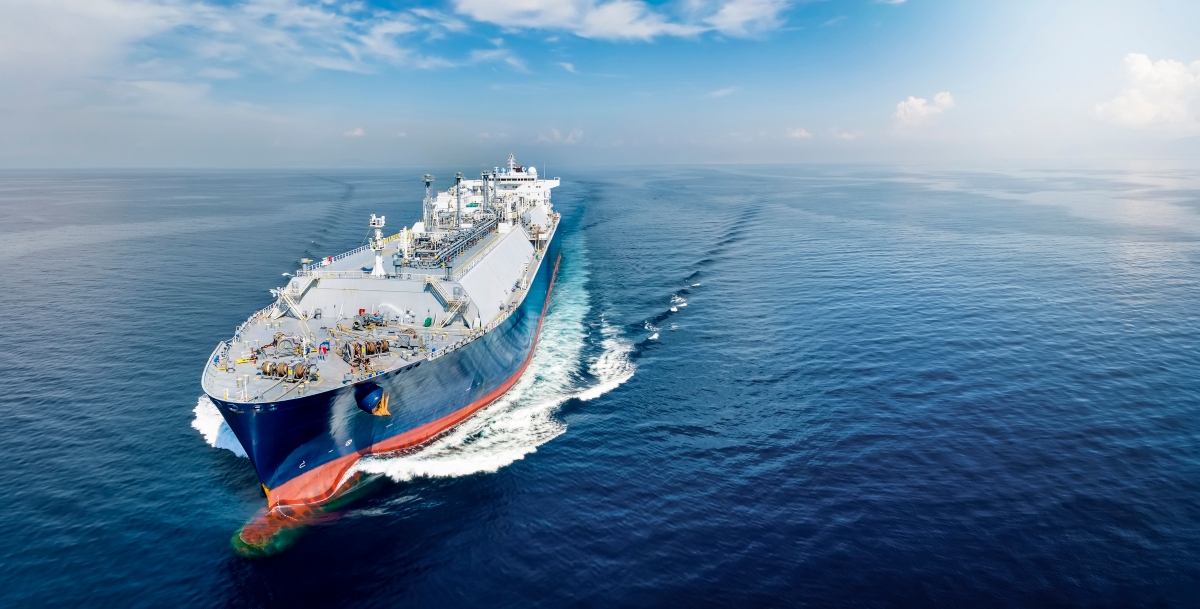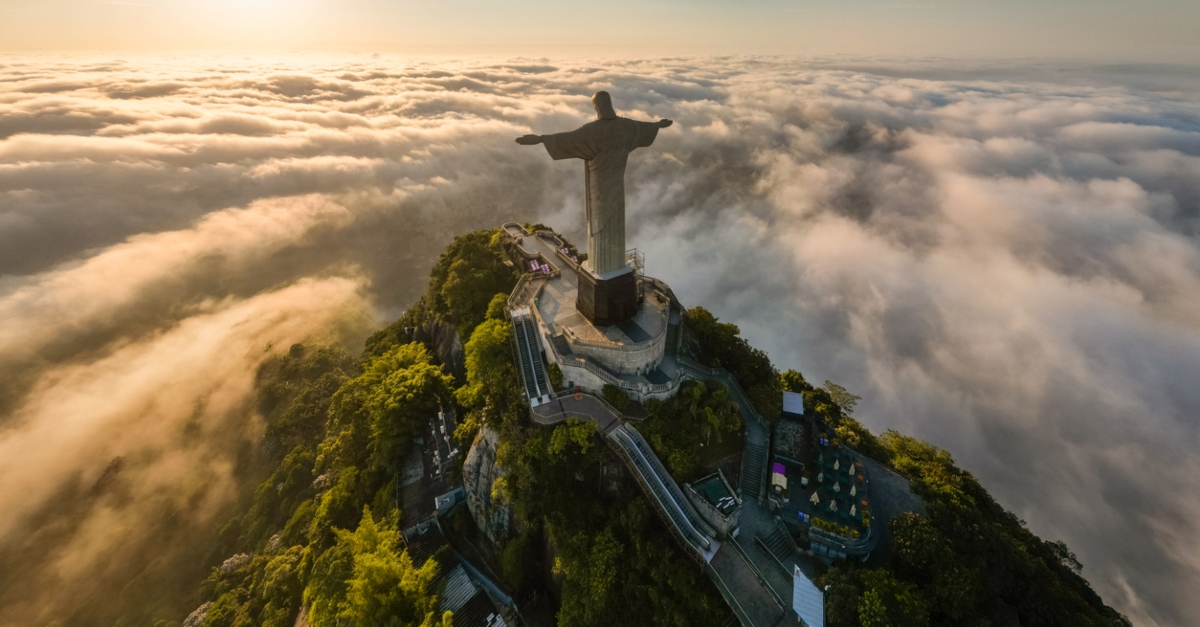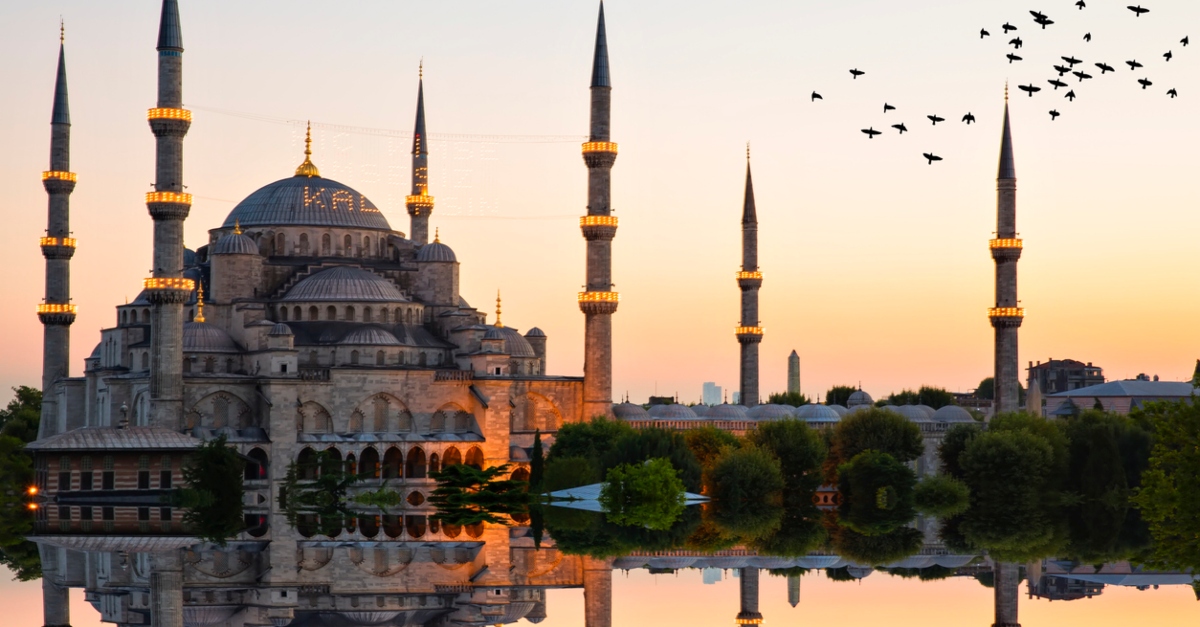Central Asia: from sanctions to strategy
Kazakhstan is moving the fastest. Construction is under way on the new Darbaza-Maktaaral rail link to Uzbekistan (US$523 million) and a second track on the Dostyk-Moiynty section to lift China-Europe capacity five-fold by 2027. At the Caspian end, Aktau will add a 200,000 TEU container hub by 2025 for just US$42 million, while Kuryk gains [...]
Central Asia: from sanctions to strategy Read More »

